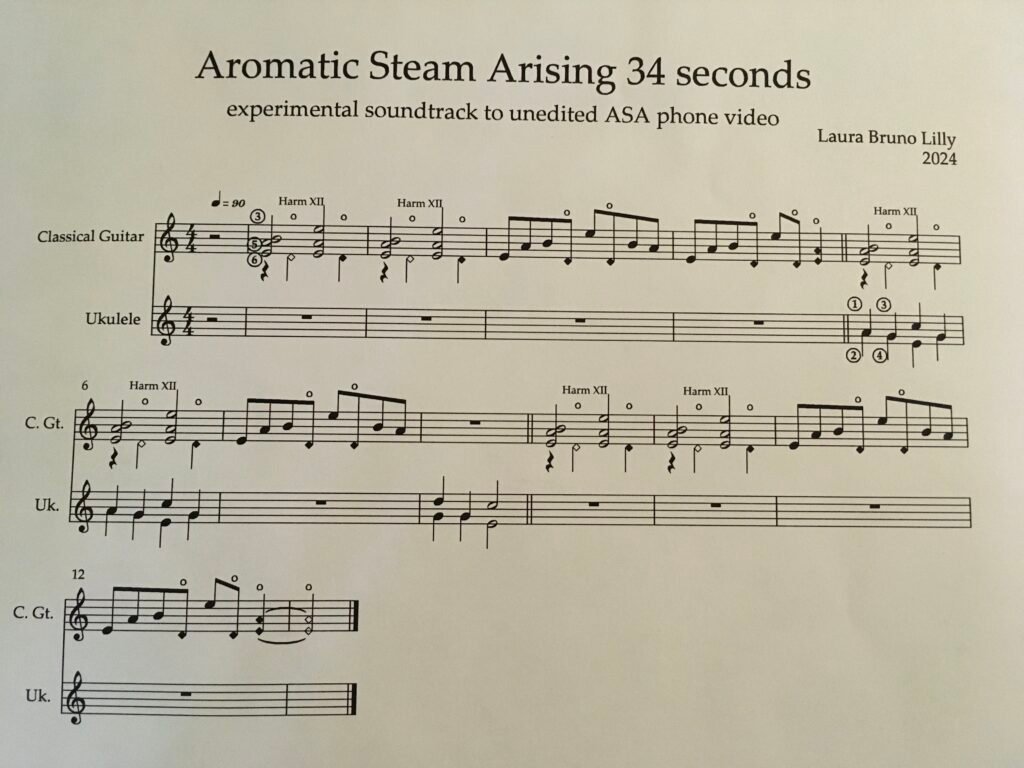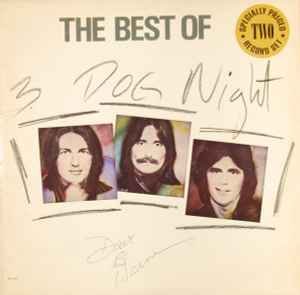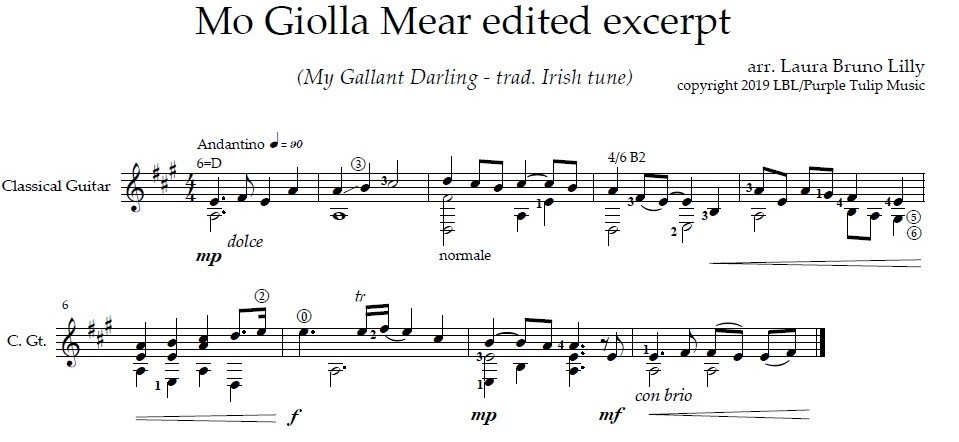FYI: A few days ago, I received my “Happy Anniversary – you registered on WordPress 11 years ago” notification. It may be my last.
Let me explain.
Surrounded by my notes, I just now sat down, opened my computer and logged onto my WP account to begin this newest Weekend Notes post. What I originally hand in mind to write involved copying a paragraph from a previous post, so I hit the “All Posts” button on my dashboard. Instead of the usual listing of previously published posts, I was presented with a chaotic array of vertical post titles and empty space. An ominous sign that more such chaos lurked elsewhere throughout my website/blog.
That’s when I knew the script changed.
Please consider this my ‘message in a bottle’ that hopefully gets out there for all to view. Given the above intro – this bottle may or may not reach anyone.
Dear blogger buds, followers, friends, and readers of all sorts,
Most of you know the ups & downs, joys & travails of using WordPress. Many of you know I personally have experienced a huge increase in the downs & travails of it beginning March 2024.This newest set of freaky developments are not quite the final push for me to chuck this platform.
However.
In order for this website/blog to continue I know I am in for multiple rounds of trying to decipher, redo, fix, wait for/give up on tech support answers, etc. I know I’m in for a huge dive back into the technical aspects in going forward with this platform. This all takes an enormous amount of time & effort to enable this website/blog to simply go on doing what it is meant to do.
Will I be successful?
Why should I be? I’m no computer programmer or WordPress technician expert. Nevertheless, I have learned numerous tricks, HTML bits, plugin compatibilities, go arounds and more of the technical side of WP functionality/maintenance than I ever thought possible.
Don’t get me wrong, I love learning and a challenge. But given the fact that WordPress solicits itself as a user friendly, no technical knowledge needed platform with abundant tech support, I feel I’ve gone way over and beyond the call of duty.
And now, more than ever, as I am entering into a long awaited focused ‘Purple Patch’, with my 2024 projects & goals, I resent this intrusion into my valuable time. After all, this website/blog serves my (he)art, not the other way around.
So, just in case the blog goes silent again, know I am trying my best to maintain my website/blog presence. You can always email me and/or use the contact form to get in touch, if you like. 🙂
peace
LAURA
Memo to self: Regardless of the project focus – It’s All About The Music















 A seed knows how to wait.
A seed knows how to wait.